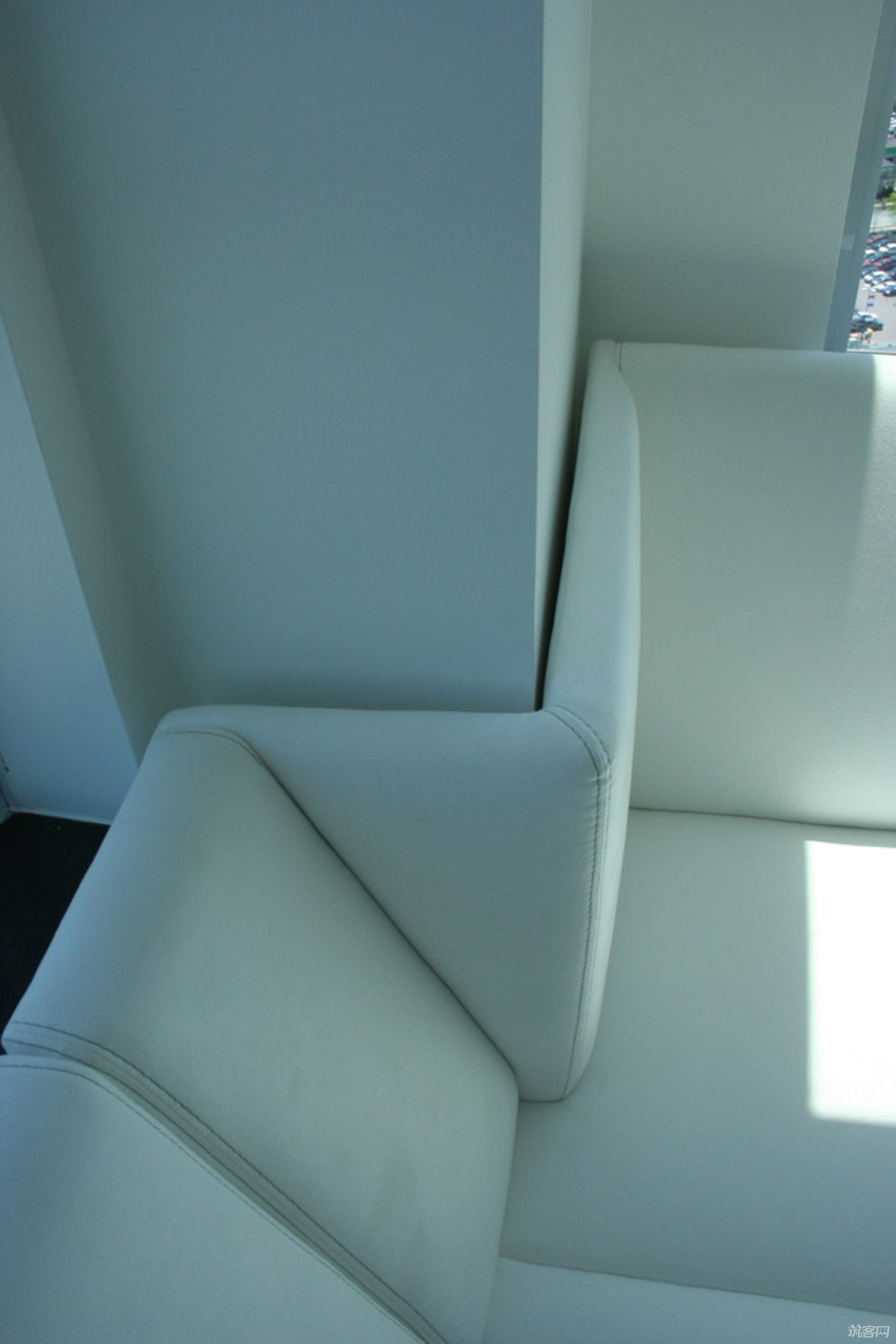Title: Is Fabric Sofa Contaminated with Formaldehyde?
Fabric sofas have always been a popular choice for many households due to their comfortable and stylish designs. However, some people are concerned about the potential health risks associated with exposure to formaldehyde, a chemical compound commonly used in the manufacturing of furniture.Formaldehyde is known to cause various health problems, including respiratory irritation, eye irritation, and even cancer. The severity of these effects can vary depending on the amount of formaldehyde that is present and how long one is exposed to it.Despite these concerns, there are several ways to reduce the risk of exposure to formaldehyde when using fabric sofas. First and foremost, it is important to choose furniture made from low-VOC (volatile organic compounds) materials. Additionally, regular ventilation and airing out of the room can help to reduce the concentration of formaldehyde in the air.In conclusion, while fabric sofas may contain formaldehyde, there are steps that can be taken to reduce the potential health risks associated with exposure. By choosing low-VOC materials and maintaining proper ventilation, homeowners can enjoy the comfort and style of fabric sofas without compromising their health.
Introduction
Fabric sofas have become increasingly popular due to their comfort, durability, and aesthetic appeal. However, with the growing concern over indoor air pollution, many people are wondering whether fabric sofas are a potential source of formaldehyde, a harmful chemical that has been linked to respiratory problems, cancer, and other health issues. This article will explore the relationship between fabric sofas and formaldehyde, including its sources, exposure risks, and potential health effects.
Sources of Formaldehyde
Formaldehyde is a colorless, flammable gas that is naturally present in many substances, such as wood, paper, and textiles. In building materials, formaldehyde is often added as a preservative or to enhance durability. However, when synthetic formaldehyde is used in manufacturing processes, it can accumulate and release into the air, causing indoor air pollution. Some common sources of synthetic formaldehyde include:

1. Upholstery materials: Fabric sofas are typically made of materials such as polyester, nylon, or cotton that may contain small amounts of formaldehyde as a treatment process.
2. Cushions and padding: Foam and fiberfill cushions andpadding can be treated with formaldehyde-containing chemicals to increase their durability and prevent mold growth.
3. Finishes and treatments: Varnishes, stains, and other finishes applied to furniture can contain formaldehyde as a curing agent or pigment.
4. Construction materials: Building materials such as drywall, flooring, and cabinetry can contain formaldehyde-releasing compounds if they are not properly sealed or ventilated.
Exposure Risks
The risk of exposure to formaldehyde depends on several factors, including the concentration of airborne formaldehyde, the duration of exposure, and individual susceptibility. Here are some ways in which fabric sofas may increase the risk of formaldehyde exposure:
1. High concentrations: Some fabric sofas may contain moreformaldehydethan others, especially if they were manufactured before stricter regulations regarding formaldehyde emission levels took effect.
2. Prolonged exposure: Spending prolonged periods of time in close proximity to a fabric sofa may increase the risk of inhaling small amounts of formaldehyde.

3. Poor ventilation: Poor ventilation can contribute to the accumulation of formaldehyde in the indoor air, potentially increasing exposure risks for those living in the same space.
4. Health conditions: Certain medical conditions, such as asthma or allergies, can increase the sensitivity of individuals to formaldehyde emissions, further increasing their risk of exposure.
Potential Health Effects
While the majority of exposure to formaldehyde does not lead to adverse health effects, certain individuals may be at greater risk of developing symptoms related to respiratory problems or cancer. These symptoms may include:
1. Respiratory issues: Shortness of breath, wheezing, coughing, or chest pain may be indicative of an increased sensitivity to formaldehyde emissions or an allergic reaction to the gas.
2. Skin irritation: Formaldehyde exposure may cause redness, itching, or rash on exposed skin areas such as the face or hands.
3. Cancer: Although there is limited evidence to suggest a direct link between formaldehyde and cancer, some studies have found a possible association between high levels of formaldehyde exposure and an increased risk of lung cancer in certain populations (e.g., workers exposed to volatile organic compounds).
How to Reduce Formaldehyde Exposure

To minimize your risk of exposure to formaldehyde while using a fabric sofa, consider the following measures:
1. Choose a low-formaldehyde content sofa: Look for certifications such as E11 or E0 from reputable manufacturers that indicate minimal or no formaldehyde emissions.
2. Use a filter or purifier: Air purifiers with HEPA filters can effectively remove small particles of formaldehyde from the air.
3. Improve ventilation: Ensure your home has proper ventilation systems that allow fresh air to circulate and prevent stale air from accumulating indoors.
4. Regularly clean and maintain your sofa: Vacuum regularly
Articles related to the knowledge points of this article:
Title: Mastering the Art of Tie Knots: A Comprehensive Guide to Tie Knot Tutorials
Winter Mens Down Jackets: A Fashion Guide
How to wash a white down jacket?
Title: Unveiling the Enigmatic Allure of Qiu Jin Scarf in the Spring and Autumn Era



